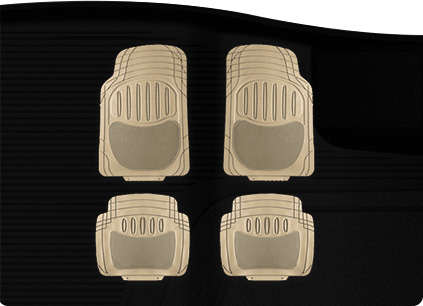How to Choose Sample Display and The Use of Sample Display
Apr 14,2023

Choosing a sample display involves considering a range of factors to ensure that the display meets your specific needs and requirements. Here are some key factors to consider when choosing a sample display:
Type of product: Consider the type of product you are displaying and the size, weight, and shape of the samples. Some products may require specialized display options such as hanging displays or countertop displays.Target audience: Consider the preferences and needs of your target audience, as well as the setting in which the display will be used. For example, a high-end retail environment may require a more sophisticated display, while a trade show or convention may require a portable and easy-to-set-up display.Budget: Consider your budget and the cost of the display, including any ongoing maintenance or replacement costs. Balance the cost of the display with its quality, durability, and functionality.Branding and aesthetics: Consider the branding and aesthetics of your products and business. The display should complement and enhance the overall look and feel of your brand.Display space: Consider the available space for the display, as well as any restrictions or limitations on display size or configuration.Customization options: Consider whether the display can be customized to meet your specific needs, such as adding branding or changing the color or design.
Overall, choosing a sample display involves considering a range of factors related to your products, audience, budget, branding, space, and customization options. By carefully assessing these factors, you can choose a display that effectively showcases your products and meets your specific needs and requirements.Besides,Sample displays are commonly used in a variety of settings to showcase products and provide customers with a hands-on experience. Here are some common uses of sample displays:
Retail displays: Sample displays are often used in retail environments, such as department stores, boutiques, and specialty shops, to showcase products and encourage customers to make purchases.Trade shows and exhibitions: Sample displays are commonly used at trade shows and exhibitions to showcase new products and generate interest among potential customers and business partners.Product launches and demonstrations: Sample displays are often used in product launches and demonstrations to provide customers with a firsthand look at new or improved products.Showrooms and design centers: Sample displays are commonly used in showrooms and design centers to showcase products and demonstrate how they can be used in various settings.Training and education: Sample displays are often used in training and education settings to provide hands-on learning opportunities and help users understand the features and benefits of products.
Overall, sample displays are an effective way to showcase products, engage customers, and generate interest and sales. They can be used in a variety of settings and serve a range of purposes, depending on the needs and goals of the business or organization using them.

 English
English عربى
عربى Español
Español

















